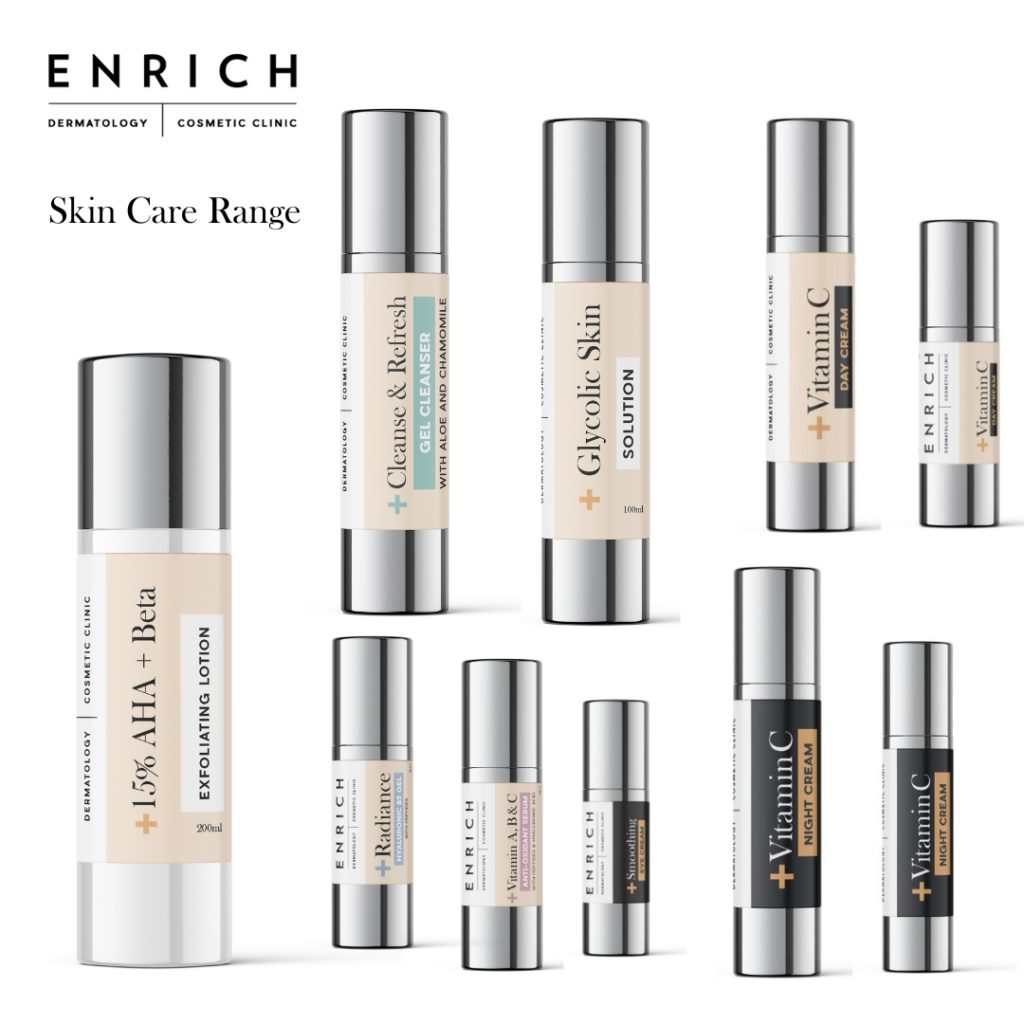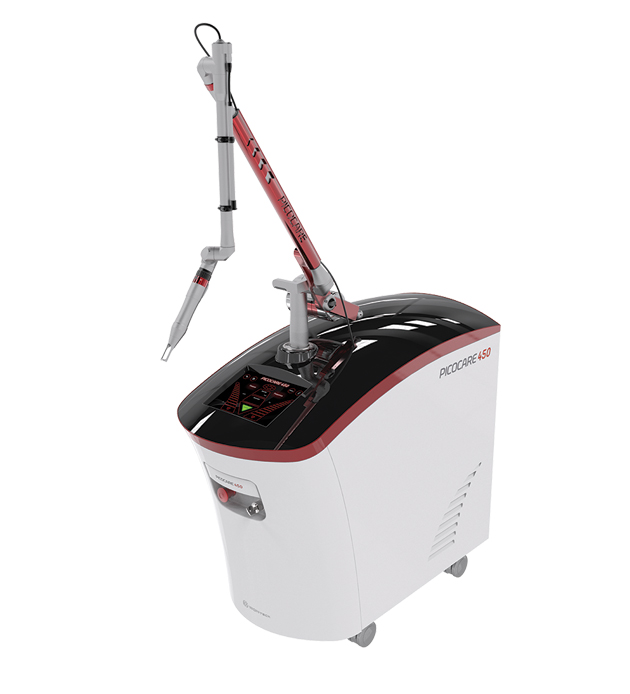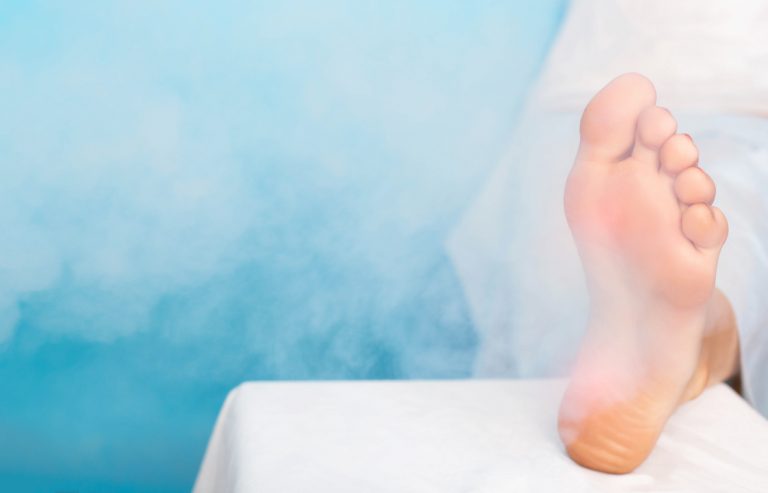
Skinovation: 5 Aesthetics Skincare Trends of 2022 Influencing 2023
Keep your skin looking and feeling its best with these upcoming skincare trends of the year. Learn more about the products, treatments, and cosmetics you’ll need to stay on top of the latest in aesthetics skincare.
 Café au lait spots are areas of
Café au lait spots are areas of 



